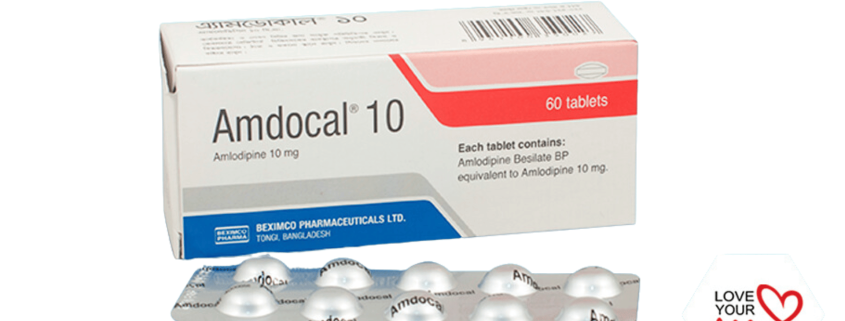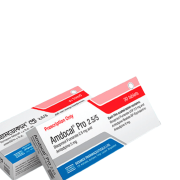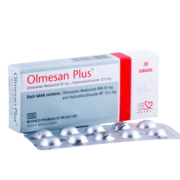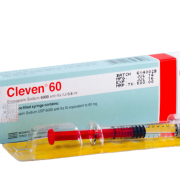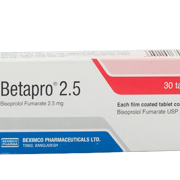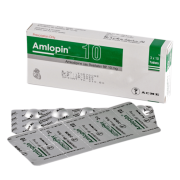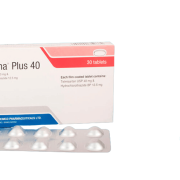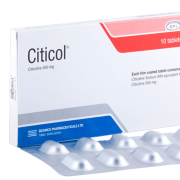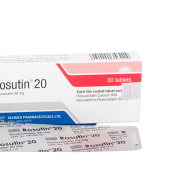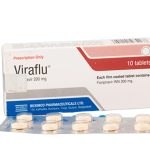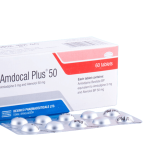Amdocal
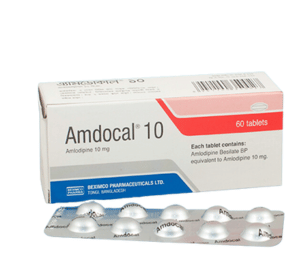
Generic Name: Amlodipine besylate
Dosage Form: Tablet
TG Name: Cardiovascular
1. What Amdocal is and what it is used for?
Amdocal® (Amlodipine) is a dihydropyridine calcium antagonist, with a long duration of action, used for the treatment of hypertension and angina pectoris.
2. Before you take Amdocal
Do not take this medicine and tell your doctor if:
Amlodipine is contraindicated in patients with known hypersensitivity to Amlodipine.Do not take this medicine if the above applies to you. If you are not sure, talk to your doctor before taking Amdocal.
Take special care with Amdocal
Caution should be exercised when administering Amlodipine with any other peripheral vasodilator particularly in patients with severe aortic stenosis. Although haemodynamic studies and a controlled trial in Class-II-III heart failure patients have shown that Amlodipine did not lead to clinical deterioration as measured by exercise tolerance, left ventricular ejection fraction and clinical symptomatology in general, all calcium channel blockers should be used with caution in patients with heart failure.
Amlodipine gives no protection against the danger of abrupt beta-blocker withdrawal; any such withdrawal should be gradual reduction of the dose of beta-blocker. Since Amlodipine is extensively metabolized by the liver, so caution should be exercised when administering Amlodipine to patients with hepatic impairment.
Taking other medicines
No significant drug interaction
Pregnancy and breast-feeding
No relevant data is available.
How to take Amdocal?
The usual initial antihypertensive oral dose is 5mg once daily with a maximum dose of 10 mg once daily. Elderly individuals or patients with hepatic insufficiency may be started with 2.5 mg once daily dose and this dose may be used when adding Amdocal® to other antihypertensive therapy.
Dosage should be adjusted according to each patient′s need.
The recommended dose for stable or vasospastic angina is 5-10 mg, with the lower dose suggested in the elderly and in patients with hepatic insufficiency.
Always use Amdocal exactly as your doctor has told you. You should check with your doctor or pharmacist if you are not sure.
If you take more Amdocal than you should
In humans, experience with intentional overdosage of Amlodipine is limited. If massive overdosage occurs, active cardiac and respiratory monitoring should be instituted. Frequent blood pressure measurements are essential.
If you forget to take Amdocal
If you forget to take a dose, take it as soon as you remember it. However, if it is nearly time for the next dose, skip the missed dose. Do not take a double dose to make up for a forgotten dose
If you stop taking Amdocal
Do not stop taking this medicine without talking to your doctor. You should not stop taking Amdocal just because you feel better. This is because the problem may come back or get worse again.
If you have any further questions on the use of this product, ask your doctor or pharmacist.
3. Possible side effects
Like all medicines, Amdocal can cause side effects, although not everybody gets them.
Peripheral oedema may occasionally be severe but is fully reversible. As with other calcium antagonist drugs, peripheral oedema and skin erythema occur in a proportion of patients (5-10%) and facial flushing in 2-5% of patients. Complaint of fatigue was also reported more frequently than in placebo-treated patients.
There is evidence that these effects are more common in patients treated with doses greater than 10 mg daily.
Tell your doctor if any of the side effects gets serious or lasts longer than a few days, or if you notice any side effects not listed in this leaflet
4. How to store Amdocal
Store below 25°C. Protect from light. Keep out of reach of children.

